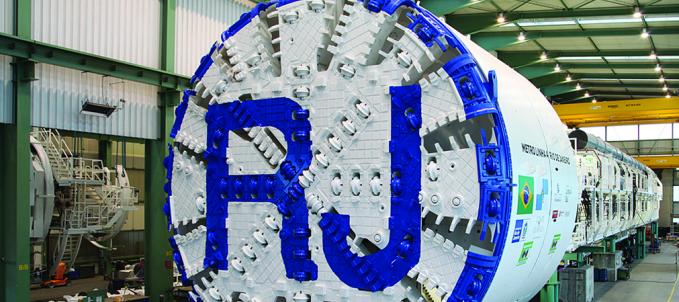How does the “tatuzão” work?
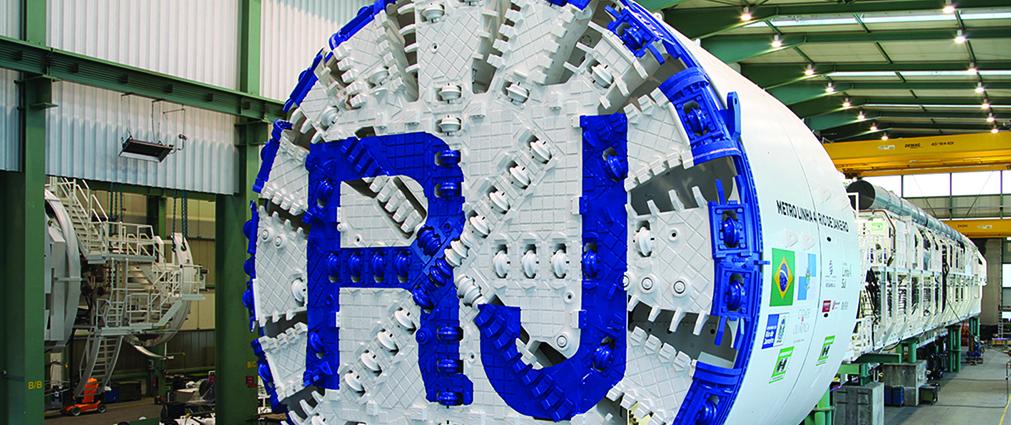
The tunnel boring machine (TBM), dubbed "tatuzão" (giant armadillo) in Brazil, plays a leading role in the largest underground projects around the world. This giant machine impresses any engineer: it can weigh thousands of tons, is covered with the most resistant engineering materials and can take more than two years to be manufactured! OEC is one of the pioneers in using tatuzão for underground work. An example is the mega-machine used on the Rio de Janeiro Subway Line 4, the largest type in Latin America that is 120 meters in length! Would you like to find out more about this incredible piece of equipment? Then discover more with us!
Building tunnels is as old as humanity itself and the techniques have been improved over time. Tatuzão came to revolutionize this type of project. Used in the majority of occasions on subway constructions, the tunnel boring machine is a large piece of boring equipment that can drill an average of between 10 and 14 meters per day.
The idea arose with Marc Brunel, a French engineer who constructed the first tunnel under the River Thames in England, in 1825. His project was adapted and gave rise to the tatuzão we know today. Among the major projects executed with the TBM are the Eurotunnel (which links England to France under the English Channel) and the Gotthard Base Tunnel, in the Swiss Alps. Here in Brazil, the equipment was used on the new subway lines in Rio de Janeiro and São Paulo.
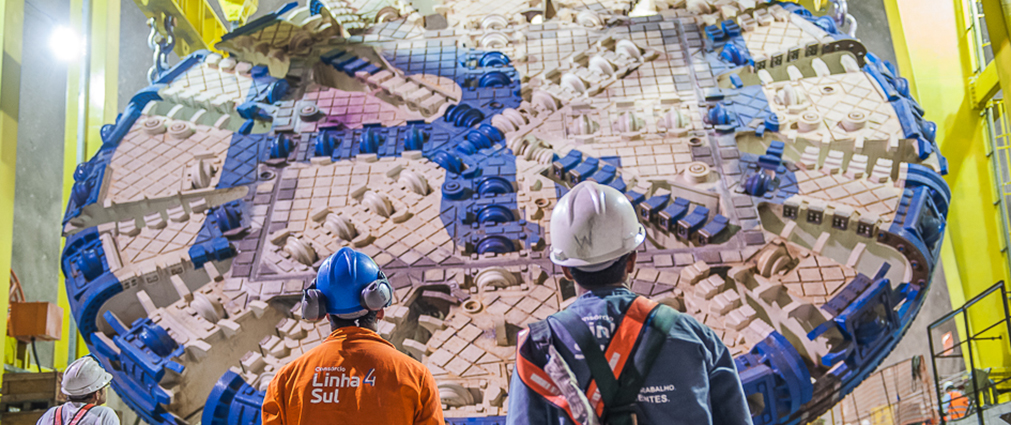
A TBM is usually made up of some main elements. The shield is the part at the front where the cutter head is located, and has discs and blades to dig the tunnel. Behind this are the command cabin and a conveyor belt to remove the earth, which accompanies the tatuzão throughout the construction process. There is also a back-up system which houses items such as pumps, electrical boxes and ventilation systems.
And one of the great advantages of the TBM is that it also installs pre-molded concrete rings where it passes, while digging, forming a definitive tunnel structure and following the concept of a Roman arch. Isn’t that incredible? Take a look at this Superinteressante infograph that explains everything about how it works!
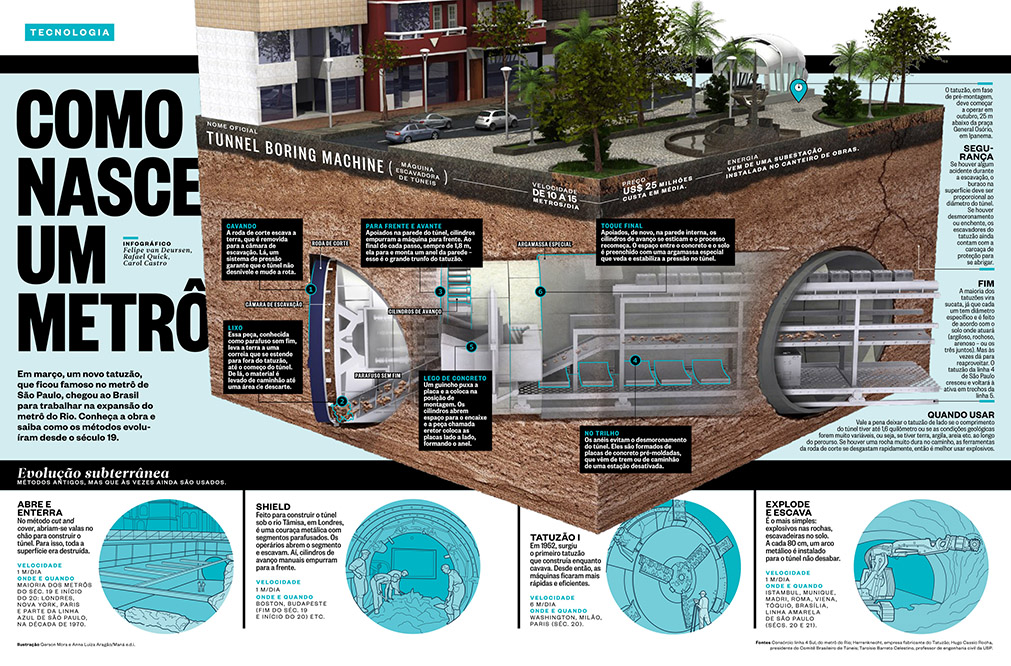
In order the produce the TBM, first of all the manufacturers need to receive the technical specifications of the ground at the site, provided by the team through surveys, laboratory tests and field investigations. Therefore, the product is customized for each project. Hence, a manufacturing order must be made approximately two years in advance. This was the case for the São Paulo Subway Yellow Line 4 TBM, which was manufactured in Germany and arrived at the port in Santos in 82 containers and with 24 loose parts!
After the tunnel excavation has finished, only the electronic components and cabin are removed. The remainder of the tatuzão is left underground, due to the high cost of dismantling and removing the machine.
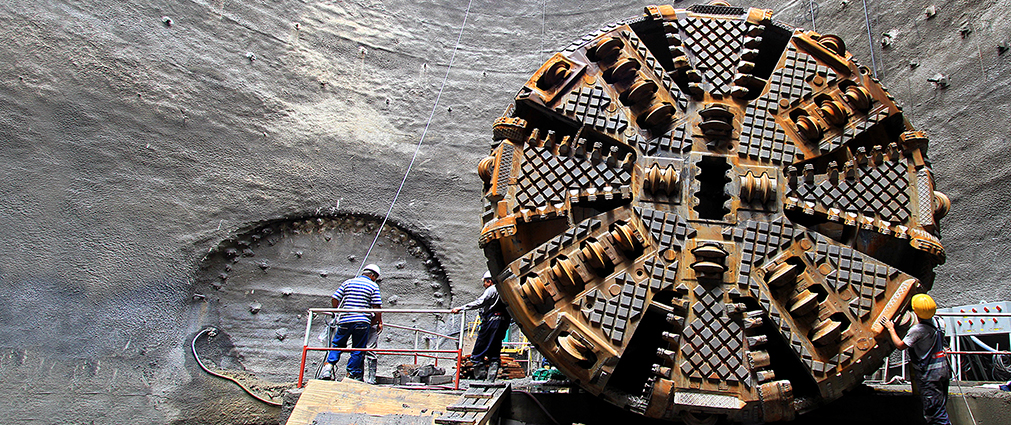
Three different types of tunnel boring machines have been adopted on constructions in Brazil: Earth Pressure Balance (EPB), rock and slurry. EPB is the most common, used on soft and hard soils. It applies pressure equal to the weight of the removed earth on the tunnel wall and conditions the soil, so that it loses density and gains flexibility. The rock type is simpler and excavates class 1 to 3 rocks without pressure, with the front open and without any injection pressure. Lastly, the slurry type is used for very soft, swampy or low-pressure soils, conditioning the tunnel with bentonite injections.
The Rio de Janeiro underground Line 4 team also won a prize for developing a hybrid EPB that operated in sandy soil, in a highly built-up region and with a large circulation of people and vehicles. It was even submerged in some places!
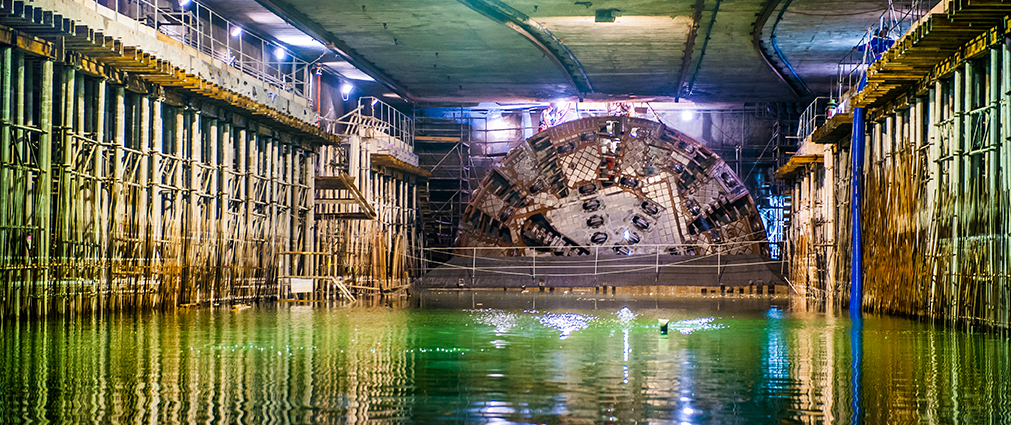
Finally, if you are still dying of curiosity, we have selected a really informative video that explains how a tunnel boring machine operates:







